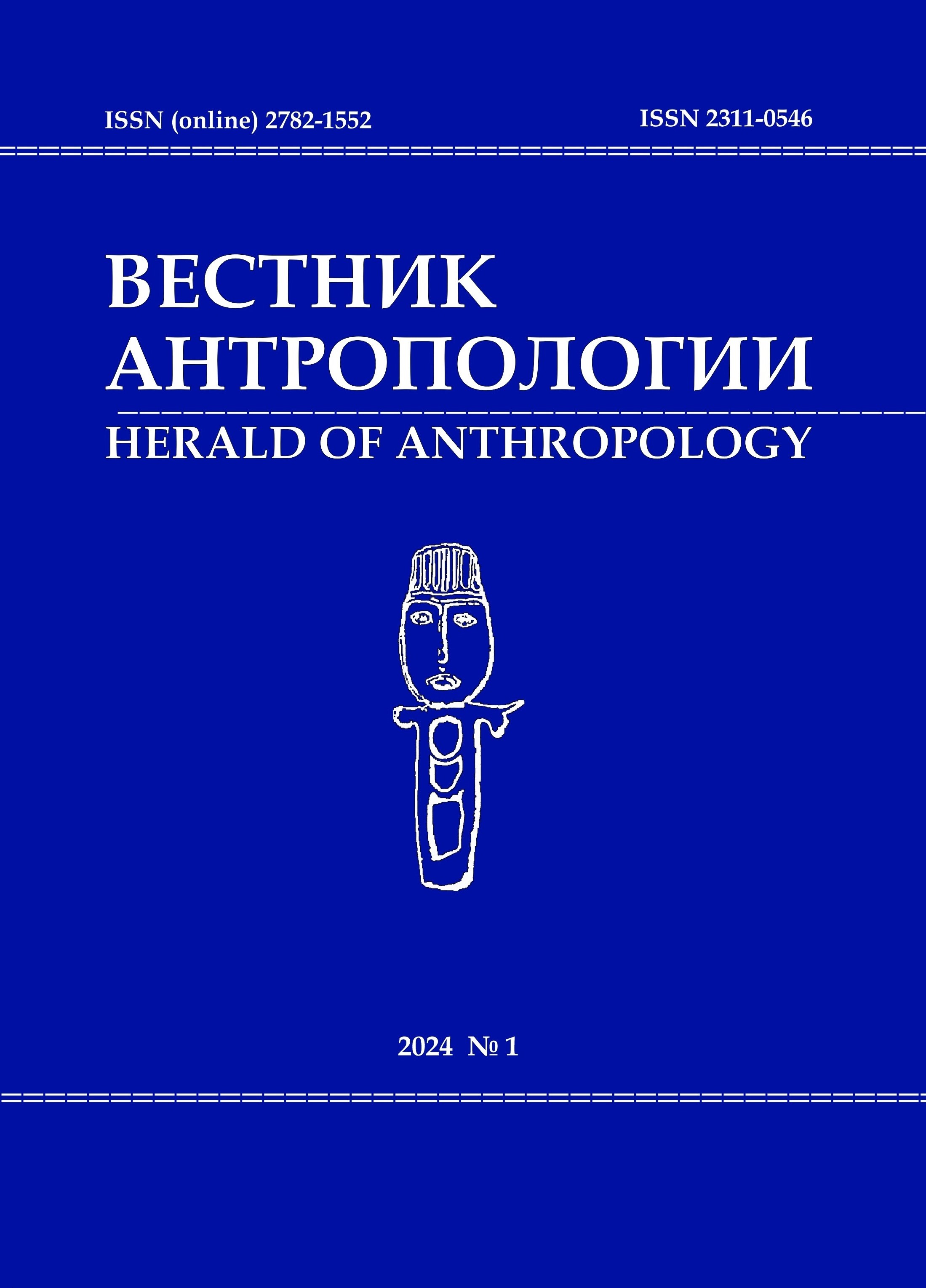Drawing a Waltz: Choreographic Illustrations in Soviet Ballroom Dance Textbooks
10.33876/2311-0546/2024-1/178-197
Keywords:
ballroom dances, social dances, mass dances, soviet amateur activity, dance textbook illustrationsAbstract
The mass popularization of ballroom dancing began in Russia almost immediately after the establishment of the Soviet Union: the teaching staff was trained; the repertoire was developed based on both classical ballroom dances and national dances of the peoples of the Soviet Union; dance evenings were organized; illustrated textbooks were published. The country's leadership saw considerable political and educational potential in the revival of public balls and therefore actively promoted dancing as a useful and enjoyable leisure for Soviet youth. The Soviet political party took control over amateur activity, providing financial and organizational conditions for creativity in exchange for control over ideological content. The illustrations in the textbooks on ballroom dancing are of a particular research interest as they illustrate dance technique, help to track the development and changes in it, reveal the specificity of social interaction through dance and, most importantly, are a valuable source for restoring the dance repertoire of the time under study. The problem of recording choreographic material was acute at a time when video recording was not widespread everywhere and choreographers relied in their work on hand-drawn diagrams, illustrations, and photographs of dance performances, as well as on their visual memory.





















